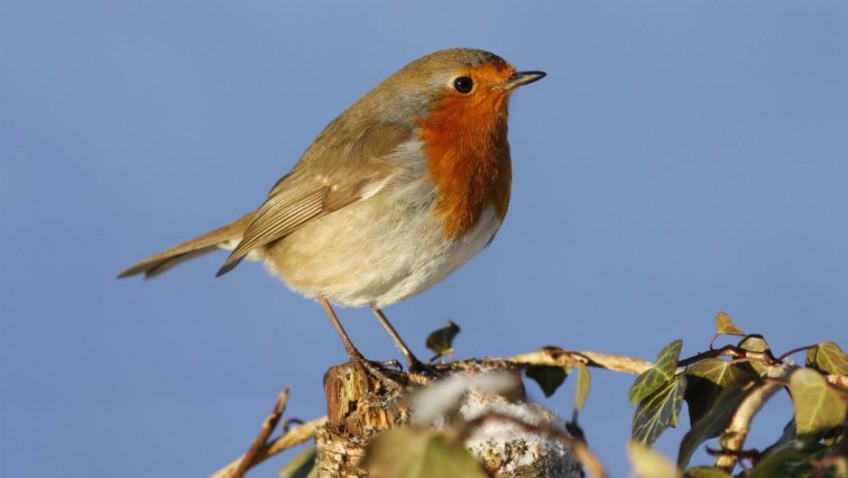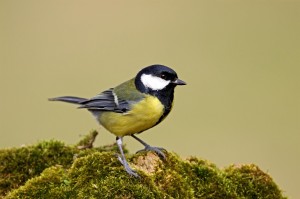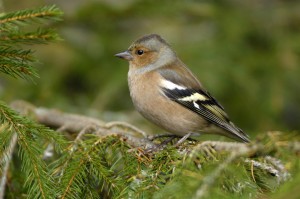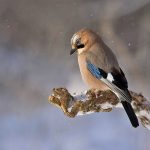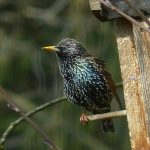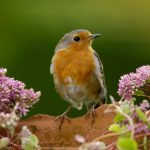RSPB Big Garden Birdwatch is this weekend
The UK will once again be peering out of their windows for the RSPB’s Big Garden Birdwatch on Saturday 24th and Sunday 25th January 2015.
Since it started in 1979, the survey has provided information about the changes in numbers of garden birds in winter, and helped to alert conservationists to those species in decline like house sparrows, greenfinches and starlings.
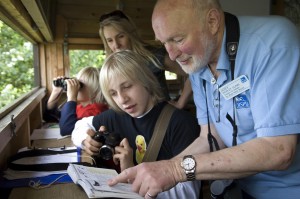 The number of people taking part has grown considerably and now around half a million participants help give nature a home every year by getting involved, making it the world’s biggest garden wildlife survey.
The number of people taking part has grown considerably and now around half a million participants help give nature a home every year by getting involved, making it the world’s biggest garden wildlife survey.
To take part, people are asked to spend just one hour at any time over the birdwatch weekend noting the highest number of each bird seen in their gardens or local outside space.
They then have to submit their results to the RSPB before 13th February, either online at www.rspb.org.uk/birdwatch or in the post.
This year, participants are being asked again to log some of the other wildlife they see in their gardens to help build an overall picture of how important our gardens are for giving wildlife a home.
Participants don’t have to see and count these other species during their Big Garden Birdwatch hour, just fill in the form to tell the RSPB whether they see them regularly or in fact have ever seen them in their gardens, at any time of year.
The RSPB shares this information with our conservation partners to enable them to understand more about the threats facing our wildlife and tailor advice on giving nature a home, so that people can help their wild visitors thrive.
 Almost 7.5 million birds were counted in last years’ survey (January 2014) with the results showing greenfinch and starling continue to decline.
Almost 7.5 million birds were counted in last years’ survey (January 2014) with the results showing greenfinch and starling continue to decline.
For the first time however in Birdwatch history, the great spotted woodpecker made it into the top 20 and goldfinches swooped into the number seven spot.
The information on our non-feathered friends highlighted that despite them being more common in rural areas, more than half of participants in urban areas have spotted toads. In fact, they were reported to have been seen monthly by almost a third of people. Almost a quarter of people in rural gardens see badgers once a month and almost three quarters see hedgehogs, even though they are in serious decline.
The survey is part of the RSPB’s Giving Nature a Home campaign, aimed at tackling the housing crisis facing the UK’s threatened wildlife.
The charity is asking people to provide a place for wildlife in their own gardens and outside spaces – whether it by planting pollen-rich plants to attract bees and butterflies, putting up a nestbox for a house sparrow, or creating a pond that will support a number of different species. To find out how you can give nature a home where you live visit www.rspb.org.uk/homes.
Teresa Stoneage, RSPB Big Garden Birdwatch Project Manager says: “This is a fun, relaxing activity for families or individuals and everyone who takes part will be helping to give nature a home.
“Now in its 36th year, Big Garden Birdwatch continues to help us learn about what is happening with our much-loved birds and other visitors, giving us an overall picture of how we will be able to help wildlife for generations to come.”
From 15th December 2014 you can register to take part in Big Garden Birdwatch 2015 at www.rspb.org.uk/birdwatch

